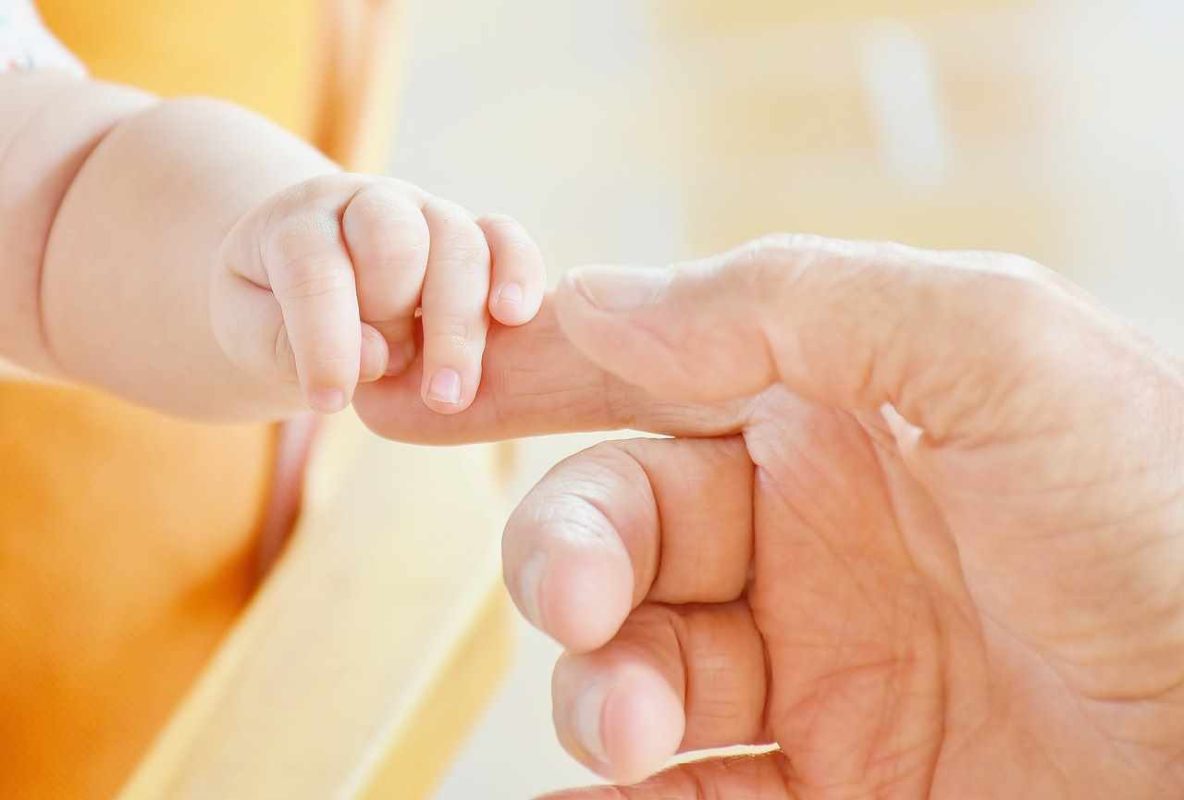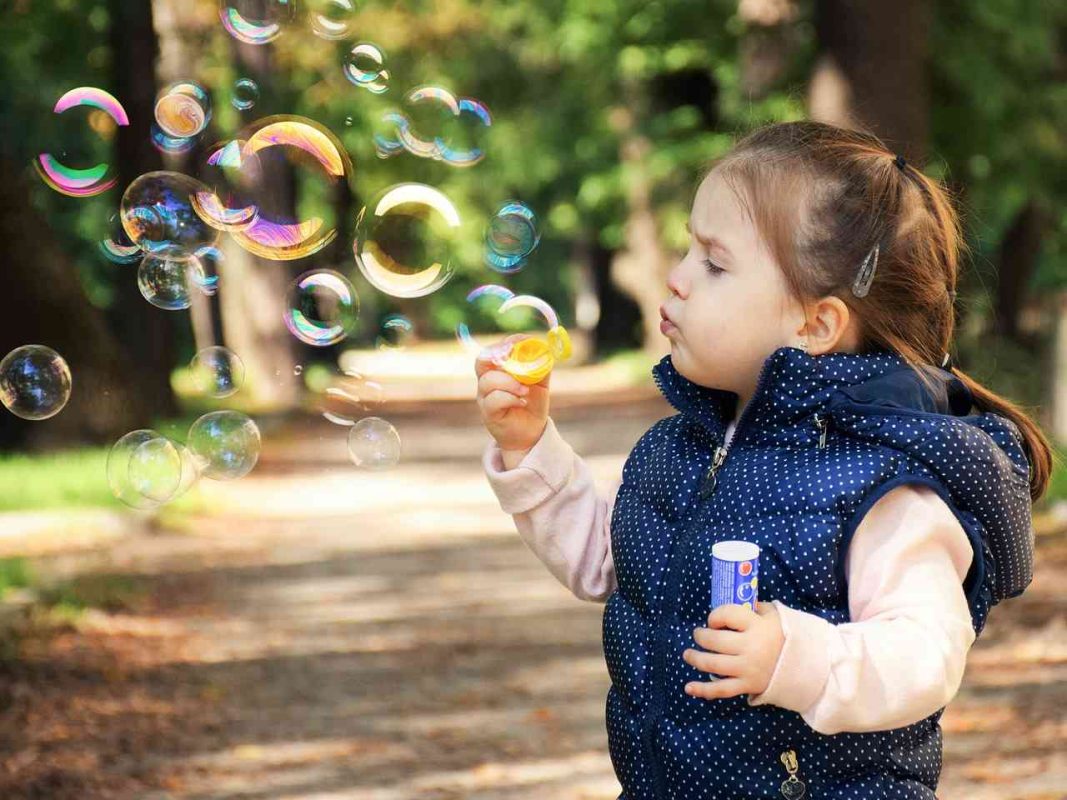Child Development
Promoting Language Development Toddlers & Preschoolers: Proven Strategies
Early childhood is a critical period for language development toddlers. The language skills that children acquire during the toddler and preschool years lay the foundation for later academic and social success. Parents and caregivers play a vital role in nurturing strong communication abilities in young children. This article will explore proven strategies for boosting language development in toddlers and preschoolers, along with the major milestones.
Table of Contents
Introduction
The first few years of a child’s life are marked by dramatic linguistic growth. Their receptive and expressive language blossoms from simple coos and babbles to complex vocabulary and sentence structures. Language is not only the ability to talk, but also listen, understand, and communicate ideas. Strong language skills are essential for literacy, critical thinking, social interaction, and emotional regulation.
That is why it is so important to actively promote early language development. Through consistent language exposure, engagement, and encouragement, parents can optimize their toddler’s communication abilities during this ripe developmental window. We will cover effective strategies for enrichment along with expected milestones.
Strategies for Supporting Language Development
1. Read Aloud
- Start reading to children early, even as infants. The rhythm, sounds, and language patterns in books promote linguistic development.
- Reading aloud expands vocabulary, exposes children to rare words not used in everyday speech.
- Choose engaging books with colorful pictures. Ask questions and connect book concepts to real life.
- Let children turn pages and repeat words. Make reading interactive and fun.
2. Conversational Interaction
- Have back-and-forth conversations with children during daily routines.
- Ask open-ended questions that require more than one word answers.
- Repeat what your child says and expand upon it. If they say “doggy,” say “Yes, that big doggy is brown.”
- Describe surroundings and narrate activities. “First, we buckle your seatbelt, then we turn on the car!”
3. Singing Together
- Singing slows language down allowing children to hear patterns. Songs introduce rhythm, rhyme, and new words.
- Use gestures and props when singing. Encourage children to sing along.
- Sing throughout the day during transitions, chores, playtime.
4. Interactive Games
| Game | Description |
|---|---|
| Naming/pointing | Name body parts, colors, objects. Ask child to point to them. |
| Describing | Pick an object and use adjectives to describe it. Let child take a turn describing. |
| Guessing games | “I see something round, red, and you can eat it. What is it?” Allow child to guess based on clues. |
| Following directions | Give step-by-step instructions for child to follow like “Raise your arms up high, now bend down low and touch your toes.” |
| Storytelling | Look at pictures in a book and take turns telling a story about what is happening. |
| Turn-taking | Practice back-and-forth conversation. Child mimics patterns and learns to listen. |
5. Pretend Play
- Roleplaying activities like feeding dolls, having a tea party, or pretending to be different animals encourages language production.
- Provide props like puppets, costumes, toys. Ask open-ended questions about their play.
- Model use of vocabulary and language structure during play.
6. Rhyming Exploration
- Read rhyming books and emphasize the rhyming words.
- Say two words and ask child if they rhyme. “Do cat and bat rhyme?”
- Provide rhyming puzzles, fill-in-the-blank games.
- Make up silly rhyming songs together.
Rhyming awareness is a precursor to phonological skills needed for reading.
7. Create a Language-Rich Environment
- Limit screen time and surround children with language-rich interactions and materials.
- Chat about what you are doing as you cook, clean, get dressed.
- Keep books, writing supplies, magnetic letters available.
- Minimize background noise and distractions.

Language Development Milestones for Toddlers
There is a natural progression in the language milestones toddlers meet between ages 1-3 years. However, development varies individually. If you have concerns, discuss them with your pediatrician.
1. Prelinguistic stage (0-12 months)
- Begins to babble and make sounds
- Responds to own name and familiar words
- Points to objects
- Uses gestures like waving, reaching, shaking head
2. First words (12-18 months)
- Says first words around 12 months
- Vocabulary of 15-50 words around 18 months, including:
- Mama, Dada
- Names of pets, toys, favorite foods
- Simple verbs and adjectives like “bye,” “no,” “hot”
3. Two-word combinations (18-24 months)
- Combines two words like “daddy bye”
- Begins naming pictures in books
- Follows simple instructions
- Asks “what’s that?” frequently
4. Vocabulary burst (24-36 months)
- Uses 200-300 words by age 2
- Learns up to 10 new words per day
- Begins using pronouns (I, you, me, mine)
- Asks questions
- Enjoys rhyming
- Uses simple sentences of 3-4 words
5. Complex speech (30-36 months)
- Carries on conversations of several turns
- Uses sentences with prepositions (“in,” “on,” “under”)
- Learns opposites like big/little, up/down
- Uses some plural words, past tense verbs
- Speech is largely intelligible
Frequently Asked Questions
What are the major language development milestones in toddlerhood?
The major milestones are first words around 12 months, two-word phrases around 18 months, vocabulary burst from 2-3 years, and complex speech by 3 years. Toddlers progress from babbling to using real words, building simple sentences, and conversing through multi-turn interactions.
What strategies do toddlers use to develop their language skills?
Toddlers develop language through listening, mimicking, reading, singing, pretend play, rhyming, and asking questions. Conversational interaction and language-rich exposure are critical.
Can you provide examples of language milestones for a 4-year-old?
By age 4, a typical child uses full sentences, tells stories, understands humor and time concepts like tomorrow/yesterday, names colors, counts to ten, speaks clearly, and asks “how” and “why” questions.
Benefits of Language Development in Toddlers
Strong language abilities in the early years provide lifelong benefits including:
- Improved literacy and school readiness
- Enhanced critical thinking and memory
- Better social skills and friendships
- Increased emotional intelligence and self-regulation
- Higher self-esteem and confidence
The language skills fostered during toddlerhood and preschool set the stage for educational achievement and social adjustment.

Conclusion
Language enrichment should begin early through interactive reading, conversation, songs, games, and imaginative play. Parents who provide a nurturing language environment facilitate the growth of vocabulary, comprehension, and communication skills in toddlers. Knowledge of developmental milestones helps detect potential issues early. With proper language stimulation during these vital early years, children gain a foundation for lifelong success.
FAQs
How can parents promote language development in toddlers?
Parents can promote language development by reading aloud, singing songs, narrating daily activities, engaging in back-and-forth conversations, playing interactive games, and providing a language-rich environment. Responding to a toddler’s coos, babbles, and words helps validate their efforts.
What are effective strategies for enhancing preschooler language skills?
Effective strategies include reading books together, asking open-ended questions, expanding on their statements, teaching new vocabulary words, doing show and tell, playing word games, and providing opportunities for pretend play. Preschoolers learn through repetition in a patient, encouraging environment.
Why is early language development crucial for toddlers and preschoolers?
Early language development is crucial because the brain is primed for rapid linguistic growth during the first few years of life. Strong communication skills promote literacy, social development, critical thinking, and emotional regulation. Language learned now forms the foundation for later learning.
Are there specific activities that encourage language learning in children?
Activities like peek-a-boo, naming body parts/objects, rhyming games, following directions, storytelling from pictures, and turn-taking conversations allow toddlers to practice language. For preschoolers, describing objects, making up stories, learning nursery rhymes, and asking “how” and “why” questions build skills.
How do music and singing contribute to language development in kids?
Singing slows speech down so children hear patterns and nuances. The rhythm, rhyme, repetition, and melody of songs aid memory and teach vocabulary. Combining gestures, dancing, instruments, and props makes music highly engaging for language learning.
References
American Speech-Language-Hearing Association. (n.d.). How Does Your Child Hear and Talk? Retrieved from www.asha.org/public/speech/development/chart/.
Brown, R. (1973). A First Language: The Early Stages. Harvard University Press.
CDC. (2021). Important Milestones: Your Child at Two Years. Centers for Disease Control and Prevention. Retrieved from www.cdc.gov/ncbddd/actearly/milestones/milestones-2yr.html.
Manolitsis, G. & Deville, J. (2011). Language Development. Pediatrics in Review, 32(10).
Zauche, L. H., Thul, T. A., Daro, A. M., & Stapel-Wax, J. L. (2017). Influence of language nutrition on children’s language and cognitive development: An integrated review. Early Childhood Research Quarterly, 40, 83-100.
Child Development Key Stages and Insights. (n.d.). Retrieved from Nanagal.
Unlock the Power of Early Childhood Development. (n.d.). Retrieved from Nanagal.
Child Development Through Play. (n.d.). Retrieved from Nanagal.
Nurturing Emotional Intelligence in Children. (n.d.). Retrieved from Nanagal.

